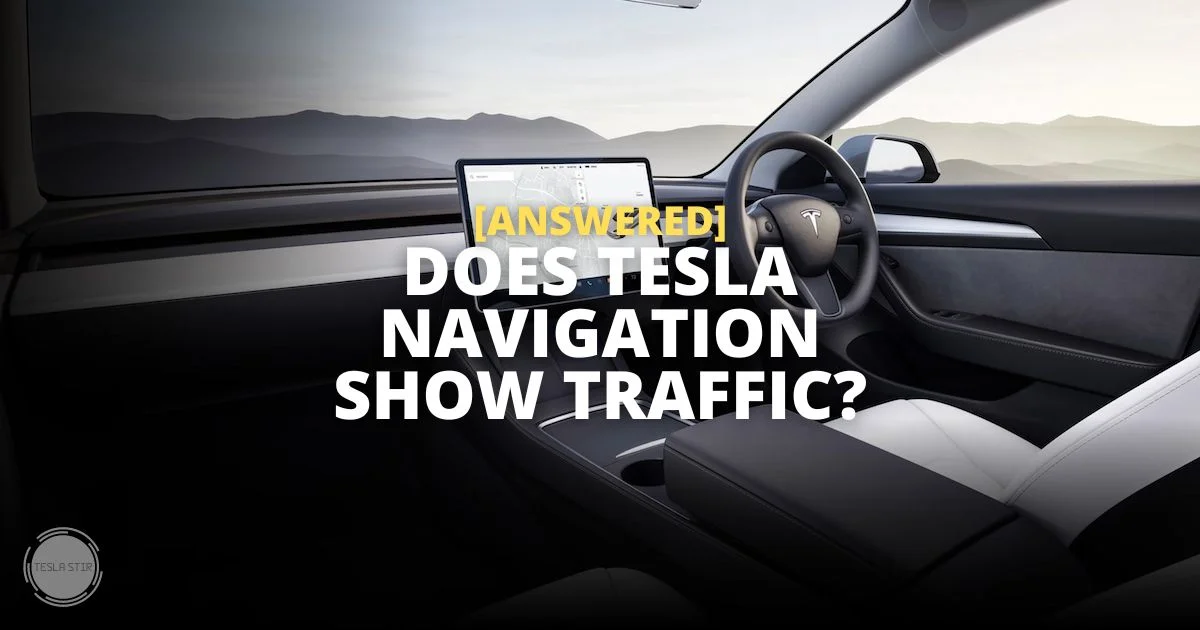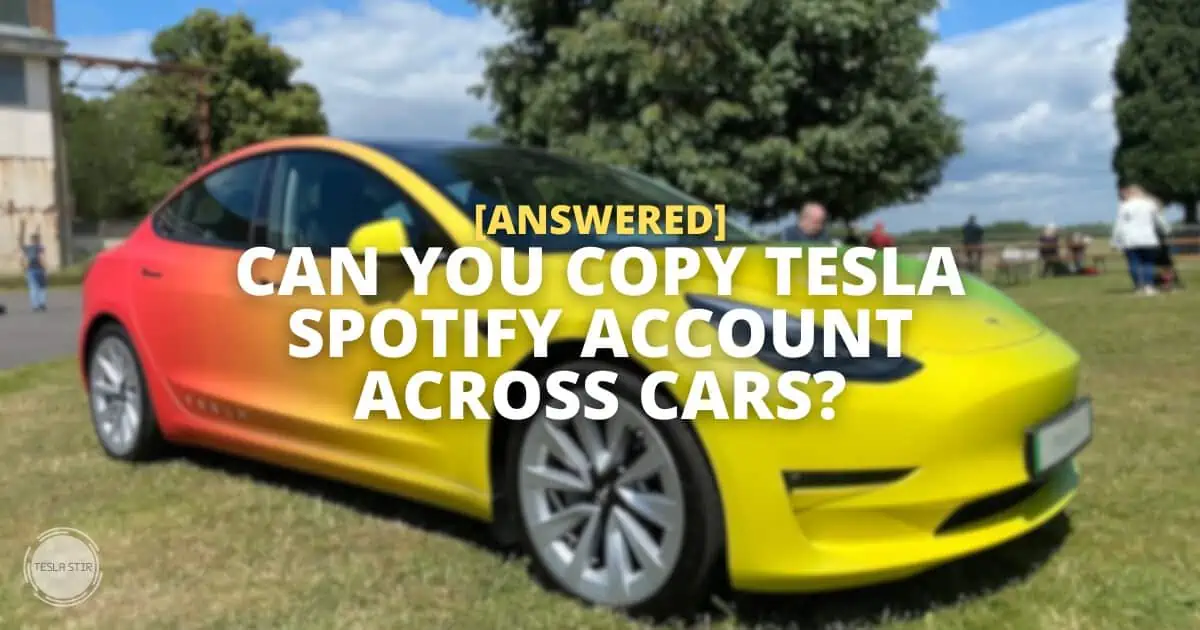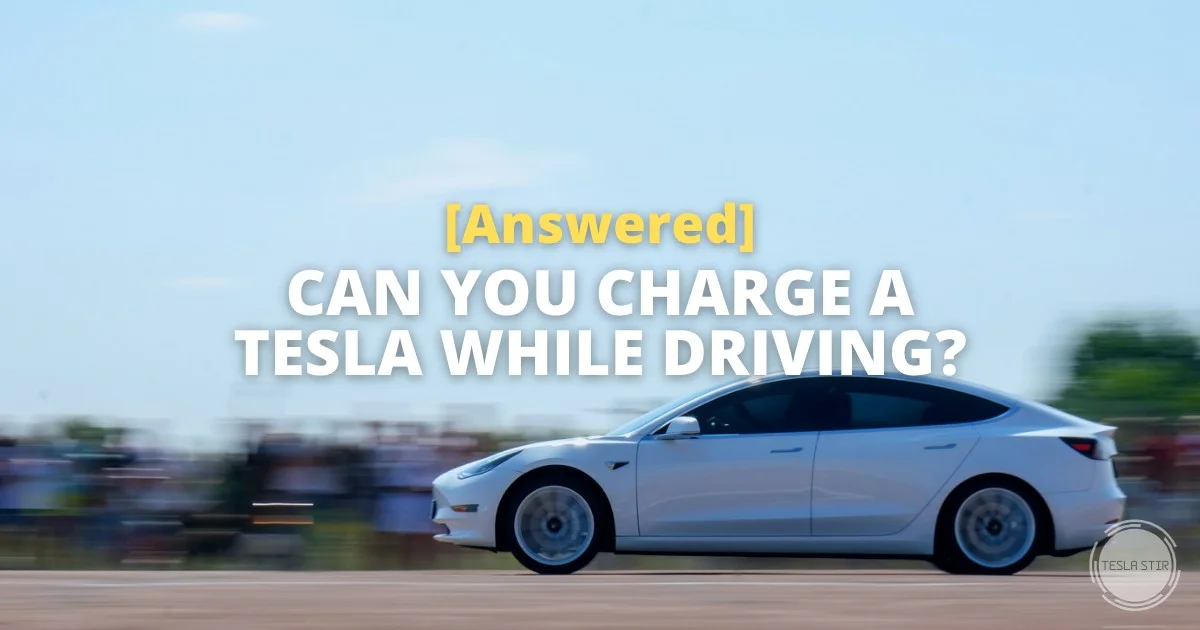BEV vs HEV vs PHEV vs MHEV vs ICE: Unravelling the Key Differences
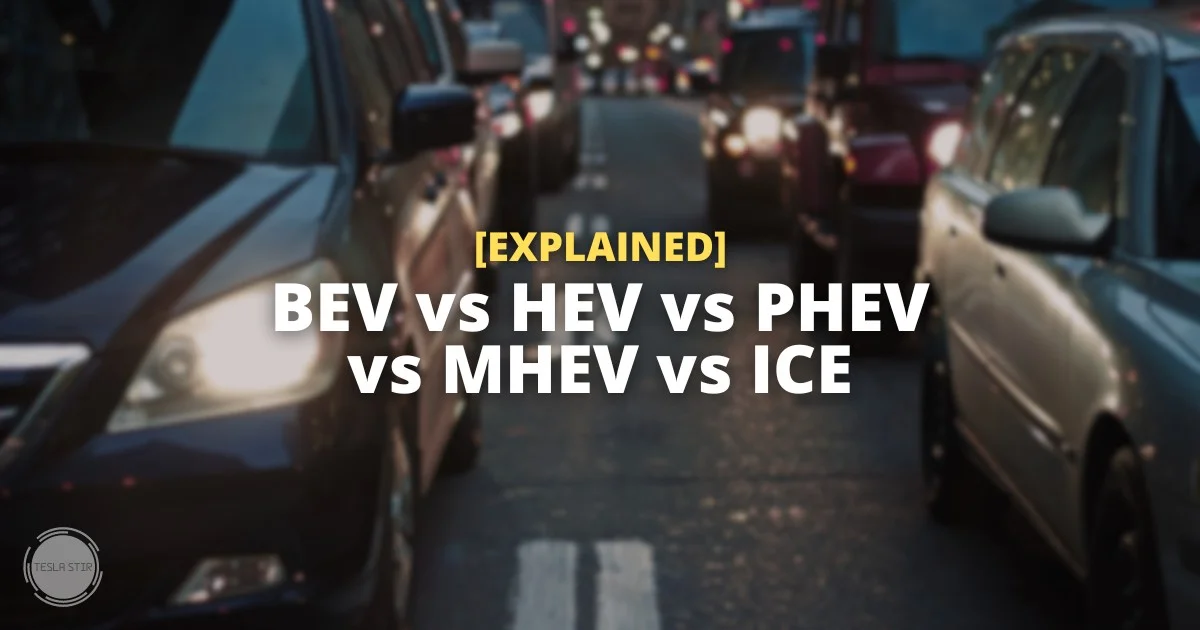
Navigating the world of electric vehicles can be daunting, especially when encountering acronyms like BEV, HEV, PHEV, MHEV and ICE. In this article, we will explore the key differences between these different vehicle types to better understand what each offers and how they vary from one another.
As you delve into these options and learn more about electric cars, you'll discover each type's unique benefits and drawbacks.
So, let’s get started! Let’s dive deeper into ICE, BEV, MHEV, PHEV and HEV electric vehicles and their differences…
BEV vs HEV vs PHEV vs MHEV vs FCEV vs ICE
To better understand the differences between these types of vehicles, here's a comparative table outlining their power sources, electric ranges, regenerative braking capabilities, battery capacities, and ICE inclusion:
| Vehicle Type | Power Source | Electric Range | Regenerative Braking? | Battery Capacity | ICE Included? |
|---|---|---|---|---|---|
| BEV | Battery | High (150-400 miles) | Yes | Large (40-100kWh) | No |
| HEV | Battery + ICE | Low (2-5 miles) | Yes | Small (1-2kWh) | Yes |
| PHEV | Battery + ICE | Medium (10-50 miles) | Yes | Medium (10-15kWh) | Yes |
| MHEV | Battery + ICE | Very Low (1-2 miles) | Yes | Smallest (<0.5kWh) | Yes |
| FCEV | Hydrogen Fuel Cell | High (300-400 miles) | Yes | – | No |
| ICE | Internal Combustion Engine | – | No | – | Yes |
In a nutshell, BEVs, or Battery Electric Vehicles, are powered solely by electric power stored in batteries and provide a high electric range.
HEVs (Hybrid Electric Vehicles) combine an internal combustion engine (ICE) with an electric motor and batteries for power, offering a low electric range.
PHEV (Plug-in Hybrid Electric Vehicle) is similar to an HEV but with a larger battery, allowing for an extended electric-only driving range compared to an HEV.
MHEVs, or Mild Hybrid Electric Vehicles, are similar to HEVs but have a smaller battery and electric motor to assist the ICE, improving fuel efficiency. MHEVs have a very low electric range.
FCEVs, or Fuel Cell Electric Vehicles, use a hydrogen fuel cell to generate electricity and offer a high electric range, similar to BEVs.
Finally, an ICE vehicle
Finally, ICE vehicles are the traditional petrol or diesel car most people are familiar with. ICE cars rely solely on an internal combustion engine for propulsion and do not have any electric range.
Now let's look at each one of them in detail.
Battery Electric Vehicle (BEV)
BEVs, or Battery Electric Vehicles, are a type of electric vehicle that runs solely on electricity and do not have an internal combustion engine (ICE). Unlike other types of electric vehicles, such as hybrid electric vehicles (HEVs) and plug-in hybrid electric vehicles (PHEVs), BEVs have no secondary source of propulsion.
Instead, BEVs utilise an electric motor and rely exclusively on the chemical energy stored in their rechargeable battery packs, which is converted into electrical energy to power an electric motor.
BEVs have various ranges, with some like the Tesla Model 3 offering over 370 miles of all-electric range. These battery-powered vehicles come equipped with lithium battery packs, which store the energy needed for zero-emission commuting.
This makes BEVs an environmentally friendly and sustainable alternative to traditional gasoline-powered vehicles, as they produce zero emissions and have significantly lower operating costs over the lifetime of the vehicle.
However, their limited driving range and longer charging times compared to other types of electric vehicles can be a drawback for some drivers.
Examples of BEVs include:
- Tesla Models S, 3, X and Y
- Hyundai Ioniq, Kona Electric
- BMW i3, i4, i7, iX
- Ford Mustang Mach-E
Pros
- Zero emissions: BEVs produce no tailpipe emissions, making them an eco-friendly choice for commuting and travelling.
- Lower operating costs: Electricity is generally less expensive than petrol or diesel, making BEVs more affordable to run.
- Low maintenance: With fewer moving parts, BEVs typically require less maintenance than ICE vehicles.
Cons
- Limited range: While improving, the range of BEVs still may not be suitable for long trips without planning for recharging stops.
- Longer Charging time: BEVs can take longer to charge than it takes to refuel a traditional ICE vehicle.
- Upfront cost: BEVs can have a higher initial purchase price, though lower operating costs and potential incentives can offset this.
Hybrid Electric Vehicle (HEV)
HEVs, or Hybrid Electric Vehicles, use an internal combustion engine (ICE) with an electric motor powered by a battery.
HEVs utilise regenerative braking to recharge the battery, which then provides extra power to the electric motor and assists the gasoline engine during acceleration. This helps improve fuel economy and reduce tailpipe emissions.
The main method of recharging is through regenerative braking, where energy usually lost during braking is captured and used to recharge the battery. However, if needed, the internal combustion engine (ICE) can also be used to recharge the battery pack. For example, this may occur during periods of high demand or when the battery pack is low on charge.
Unlike plug-in hybrid electric vehicles (PHEVs) and battery electric vehicles (BEVs), HEVs do not need to be plugged in to recharge their battery packs, as they are charged through the use of regenerative braking and the gasoline engine.
HEVs are an environmentally friendly alternative to traditional gasoline-powered vehicles, as they produce lower emissions and have better fuel economy. However, they still rely on gasoline as a fuel source, which means they are not completely emissions-free.
Examples of HEVs include:
- Toyota Prius, Yaris
- Honda Accord Hybrid.
Pros
- Improved fuel economy: HEVs use electric power for low-speed driving and to supplement the ICE when acceleration is needed. This leads to better overall fuel economy.
- Reduced emissions: Due to the electric motor's assistance, HEVs produce lower tailpipe emissions compared to traditional ICE vehicles.
- Regenerative braking: As mentioned earlier, HEVs use regenerative braking technology to recharge the battery, which reduces wear on the brake system and improves efficiency.
Cons
- Limited electric-only range: Unlike plug-in hybrid electric vehicles (PHEVs), HEVs cannot be recharged from an external source, making their electric-only range limited.
- Slightly less efficient at high speeds: While HEVs have impressive efficiency in urban and low-speed driving, their fuel economy tends to decrease at motorway speeds as the ICE takes over.
- Higher upfront cost: Due to the additional technology, HEVs can have a higher initial cost compared to conventional ICE vehicles.
Series Vs Parallel Hybrids
There are two main types of hybrids: series and parallel.
Series Hybrids
In a series hybrid, the ICE powers a generator, which in turn provides electricity to the electric motor that drives the wheels. This means that the ICE doesn't directly drive the wheels, and the electric motor is the sole provider of propulsion. An example of this Series hybrid is the range-extender version of the BMW i3. Chevrolet Volt is another example.
Parallel Hybrids
In a parallel hybrid, both the ICE and the electric motor are connected to the wheels and work together to provide propulsion, either simultaneously or independently, depending on driving conditions. The Toyota Prius, a well-known hybrid vehicle, is an example of a parallel hybrid. Honda Accord Hybrid is another example.
Plug-in Hybrid Electric Vehicle (PHEV)
Plug-in Hybrid Electric Vehicles (PHEVs) are similar to HEVs in that they also combine a petrol or diesel engine with an electric motor and a rechargeable battery. However, PHEVs have larger batteries and can be charged externally. This allows for more flexibility to travel longer distances on electric power alone, compared to HEVs.
When the battery is depleted, the internal combustion engine takes over, providing you with the extended range you need for those long road trips. This setup offers you more flexibility, reduces tailpipe emissions, and improves fuel economy.
If you're torn between the convenience of a gasoline-powered vehicle and the eco-friendliness of an electric vehicle, PHEVs offer you the best of both worlds.
This is what sets PHEVs apart from other types of electric vehicles; their ability to be recharged by plugging them into an external power source such as a home charging station or public charging station.
The main components in a PHEV include a combustion engine, batteries, an electric motor, and a generator. When operating in electric mode, regenerative braking can extend the battery life by capturing kinetic energy during deceleration. This energy is then stored in the battery pack, helping to improve overall efficiency.
PHEVs offer a practical solution if want some of the benefits of an all-electric vehicle, like reduced emissions and improved fuel economy, whilst also maintaining the flexibility of a petrol or diesel engine for longer journeys.
Examples of PHEVs include:
- BMW 330e, X5
- Volkswagen Golf
- Kia Sorento
- Range Rover Evoque
- Volvo XC90
- Toyota RAV4 Hybrid
- Chevrolet Volt
- Ford Kuga
Pros
- Greater electric-only driving range: PHEVs have an increased electric range compared to a regular hybrid vehicle
- Reduced emissions and improved fuel economy
- Flexibility to drive in either electric or petrol/diesel mode
- Potential for low running costs
- Various tax benefits, such as company car tax (BIK) benefits and lower road tax
Cons
- Higher upfront cost: PHEVs have a higher initial cost compared to a traditional internal combustion engine (ICE) vehicle or hybrid electric vehicle (HEV)
- Limited electric range compared to battery electric vehicles (BEVs)
- Additional weight from batteries may impact handling and driving dynamics
- Range anxiety can still occur if charging stations are not easily accessible
- Longer charging times from a wall outlet, if a dedicated charging station is not available
Mild Hybrid Electric Vehicle (MHEV)
A Mild Hybrid Electric Vehicle (MHEV) features a seamless coupling of a conventional combustion engine with a small electric motor and a battery pack. This configuration not only bolsters the internal combustion engine but also optimizes fuel efficiency – a sustainability win-win.
Compared to the Hybrid Electric Vehicle (HEV) or Plug-in Hybrid Electric Vehicle (PHEV), the power of the electric batteries and motors in an MHEV is comparatively low, resulting in a more restricted electric range.
Despite its limitations, an MHEV can still offer several benefits. By enhancing fuel efficiency and reducing emissions, it can help you do your part in preserving the environment.
The key component in an MHEV is the electric motor, which offers additional support to the combustion engine. When the car is accelerating or climbing a hill, for example, the electric motor provides extra power to help the engine.
Moreover, the MHEVs make use of regenerative braking technology. This technology allows them to reclaim energy which would otherwise go to waste during deceleration, in turn recharging their batteries.
Remember that MHEVs are a cost-effective, eco-friendly alternative to ICE vehicles, but they may not offer the same level of electric range or external charging capability as BEVs or PHEVs.
MHEV examples include:
- Honda Insight
- Ford Fiesta EcoBoost Hybrid
Pros
- Enhanced fuel efficiency: By providing electric assistance, an MHEV can reduce fuel consumption, particularly during urban driving.
- Lower emissions: Electric power has zero emissions, meaning your MHEV can produce fewer greenhouse gases than an equivalent ICE vehicle.
- Cost-effective hybrid option: MHEVs are typically priced lower than other types of electric vehicles, offering a more budget-friendly option for eco-conscious buyers.
Cons
- Limited electric-only range: MHEVs have smaller batteries; they cannot travel as far on electric power alone as HEVs or PHEVs can.
- No external charging: Unlike PHEVs or Battery Electric Vehicles (BEVs), MHEVs do not have the ability to charge from an external power source, relying solely on regenerative braking to recharge the batteries.
- Less emission reduction compared to other hybrids: MHEVs still use a combustion engine and produce tailpipe emissions, meaning they are not as good at reducing emissions as other hybrids.
FCEV (Fuel Cell Electric Vehicle)
Fuel Cell Electric Vehicles (FCEVs) utilize hydrogen fuel cells to power the electric motor. Unlike Battery Electric Vehicles (BEVs) which utilize batteries, FCEVs combine hydrogen gas from a tank with oxygen from the air to produce the necessary electricity. This unique approach to powering vehicles offers a promising alternative, paving the way towards a sustainable and eco-friendly transport future.
The electric motor in an FCEV works like those found in other EVs, giving the car its driving power. The difference is in how it's powered: your FCEV has a motor fuelled by electricity generated from fuel cells, so you don't have to worry about any pesky emissions.
FCEVs offer some unique advantages over other types of electric vehicles and ICE cars, but you'll also need to consider the current limitations in terms of availability, infrastructure, and cost.
FCEV Examples include:
- Toyota Mirai
- Honda Clarity Fuel Cell
Pros
- Zero harmful emissions: FCEVs produce water vapour as their only emission, making them environmentally friendly.
- Quick refuelling: Unlike BEVs, FCEVs can be refuelled in a matter of minutes, similar to petrol or diesel vehicles.
- Long Range: FCEVs typically offer a longer driving range compared to most electric vehicles.
Cons
- Limited availability: FCEVs currently have limited availability for purchase, which may affect your ability to find one that suits your needs.
- Limited Hydrogen infrastructure: The hydrogen refuelling infrastructure is still limited in many areas and not as widespread as charging stations for BEVs.
- Higher upfront cost: FCEVs may be more expensive than other EVs in initial costs, largely due to the advanced fuel cell technology.
ICE (Internal Combustion Engine)
An internal combustion engine (ICE) is a type of engine that generates mechanical power through the combustion of standard fuels like petrol or diesel. Within the engine, fuel is mixed with air and subsequently ignited, thereby creating energy to move your vehicle. Petrol and diesel engines represent the primary types of ICEs.
You'll find that ICEs are common in traditional gasoline and diesel vehicles. In contrast, hybrid electric vehicles (HEVs) use both an internal combustion engine and an electric motor to propel the vehicle. Emissions from an ICE are produced mostly in the form of tailpipe emissions.
ICE examples include:
- Ford Focus
- Volkswagen Golf
Pros
- Established technology: ICEs have been around for over a century, making them a familiar and widely available technology.
- Longer driving range: Vehicles powered by ICEs typically have a longer driving range than alternatively fuelled vehicles such as BEVs and PHEVs.
- Fast refuelling: Filling up the fuel tank of an ICE vehicle is relatively quick and convenient compared to recharging electric vehicles.
Cons
- Lower fuel economy: ICE vehicles usually have lower fuel economy compared to alternatives like HEVs, PHEVs, and BEVs, resulting in higher fuel costs.
- Higher emissions: Tailpipe emissions contribute to air pollution, and ICE vehicles generally produce more emissions than hybrid and electric vehicles.
- Less efficient: An ICE is not as energy efficient as an electric motor due to energy losses in combustion and transmission.
Power Sources and Technologies
Batteries
In electric vehicles (EVs), the primary source of power is the battery. Most EVs use lithium battery packs which offer high energy density and long life. As you explore different types of EVs, you'll notice variations in battery size and capacity, affecting range and charging time.
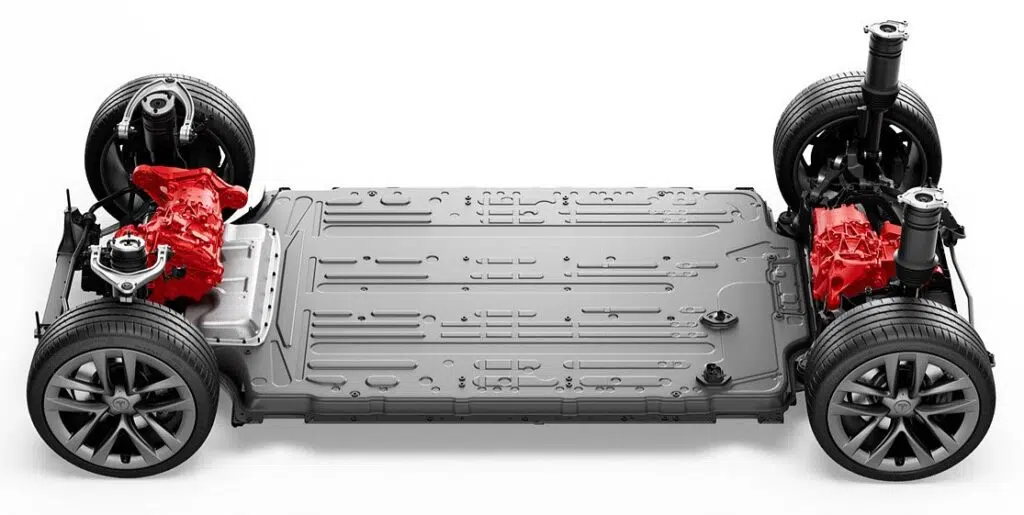
Battery electric vehicles (BEVs) rely solely on battery power, whereas mild hybrid electric vehicles (MHEVs), hybrid electric vehicles (HEVs), and plug-in hybrid electric vehicles (PHEVs) utilise batteries in combination with internal combustion engines.
Motors and Generators
Complementary to batteries is the electric motor, which powers your vehicle's wheels. BEVs and PHEVs often have larger, more powerful motors than HEVs or MHEVs. While PHEVs and HEVs have electric motors in addition to internal combustion engines, MHEVs have smaller electric motors that mainly aid in power steering and other auxiliary systems.
A generator is also present in hybrid systems, particularly in HEVs and PHEVs, to recharge the battery when the engine is running. This technology helps extend the range and efficiency of these hybrids, as energy captured by the generator can be reused later for propulsion.
Regenerative Braking
One common technology employed across BEVs, HEVs, and PHEVs is regenerative braking. It captures energy from the braking process, typically wasted as heat, and funnels it back into the battery. This energy recovery system allows you to utilise more of the vehicle's kinetic energy, enhancing overall efficiency and battery life.
Environmental Impact and Emissions
Tailpipe Emissions
When considering the different types of electric vehicles (EVs), it's essential to look at their tailpipe emissions. Battery electric vehicles (BEVs) operate solely on electric motors and battery power, making them true zero-emission vehicles. Mild hybrid electric vehicles (MHEVs) and plug-in hybrid electric vehicles (PHEVs) both use a combination of electric motors and internal combustion engines.
MHEVs and PHEVs produce lower tailpipe emissions than traditional internal combustion engine (ICE) vehicles due to their electric power usage. However, they do not entirely eliminate emissions like a BEV can.
Air Quality Improvements
By using electric motors, zero-emission vehicles (BEVs) contribute significantly to air quality improvements. They don't produce harmful exhaust gases, which helps reduce air pollution.
PHEVs and MHEVs also contribute to air quality improvements, but not as much as BEVs. When operating in electric mode, PHEVs can provide emissions-free driving, but once the battery is depleted, they function like conventional hybrids – relying on the petrol engine and thus producing some emissions.
The benefits to air quality and the environment depend on the type of electric vehicle you choose. While all EVs have some positive impact, BEVs provide the most significant advantages in terms of tailpipe emissions and air quality improvements.

![Why Do Tesla Owners Tap the Charger to the Tail Light? [Myths Busted!]](https://teslastir.com/wp-content/uploads/2023/02/why-do-tesla-owners-tap-the-charger-on-tail-light.jpg)
